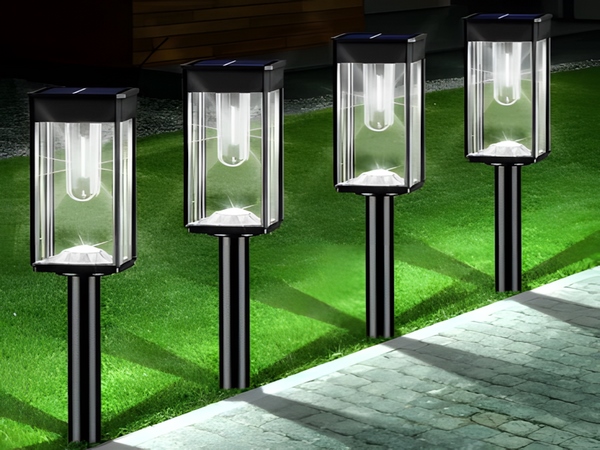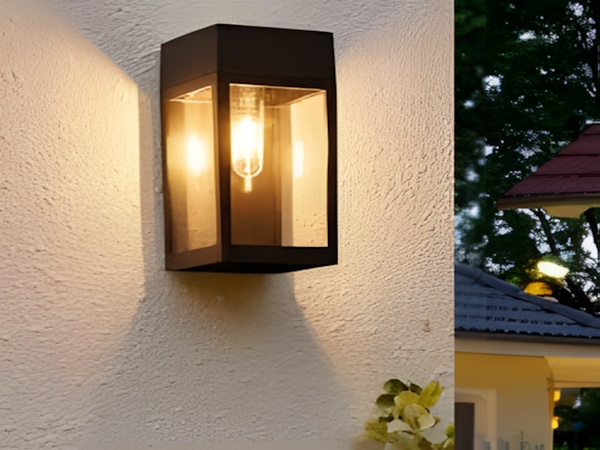

Solar Street Lights
In the design of solar lighting fixtures, various factors such as light source, solar battery system, and battery charging and discharging control come into play. Any issue in any of these links can lead to defects in the streetlight products. Therefore, the selection of solar street lights should focus on five components: solar panels, charge controller, batteries, load, and the fixture casing.
Solar Panels:
Solar street lights convert sunlight into electrical energy through solar panels. Selecting suitable solar panels is necessary to ensure the overall efficiency of the street light. Choose panels with high-quality A-grade chips, stable power generation, sufficient wattage, and specialized optical glass with high light transmission.
Solar Street Light Charge Controller:
Regardless of the size of the solar light, a well-performing charge control circuit is essential. To extend the battery’s service life, it is necessary to limit its charging and discharging conditions, preventing overcharging and deep discharging. Additionally, because the input energy for the solar photovoltaic system is extremely unstable, controlling battery charging in this system is more complex than in standard battery charging. In the design of solar lights, success often hinges on the effectiveness of the charging and discharging control circuit.
Without a well-functioning charge control circuit, achieving good performance in solar lights is impossible. The charge controller must feature functions such as reverse charge protection, overcharge protection, deep discharge protection, and temperature compensation.
Solar Street Light Battery:
Due to the unstable input energy of the solar photovoltaic system, a battery system is generally required for operation, and solar lights are no exception. Batteries can include lead-acid, Ni-Cd, or Ni-H types, their capacity directly affecting system reliability and cost. The selection of battery capacity should follow several principles: it must, first, ensure night lighting needs while maximizing energy storage from the solar panel during the day, and also store enough energy for continuous cloudy weather. Batteries that are too small cannot meet nighttime demands, while excessively large capacities can lead to batteries being in a state of discharge, affecting battery lifespan and causing waste.
Solar Street Light Load:
Solar light products emphasize energy conservation and environmental protection, so the load should also be energy-efficient and long-lasting. LED DC energy-saving lights and low-pressure sodium lamps are commonly used.

Currently, most street lights use LEDs as the light source, which have a long lifespan, exceeding 100,000 hours, and operate at low voltage, making them very suitable for solar street lights.
Solar Street Light Fixture Casing:
We have collected a wealth of information on foreign solar lights. Between aesthetics and energy conservation, most choose energy efficiency. The appearance requirements for fixtures are not very demanding, as practicality is key. Currently, many domestic fixtures are pleasing to the eye, opting for stainless steel casings.
Finally, a simple method to assess solar lighting system performance: the power of the solar panel must exceed the load power by more than four times for the system to operate correctly. Additionally, the capacity of the battery must be more than four times the daily electricity consumption of the load (preferably more than six times in southern regions).
The selection of solar street lights is quite complex, requiring preparation and understanding of the solar street light parameters to avoid confusion during selection and prevent purchasing substandard products.
The company responds to the national call, wholeheartedly committed to energy-saving and environment-friendly products, including solar road lights, wind-solar complementary solar street lights, and other solar products, all of which receive high praise.



